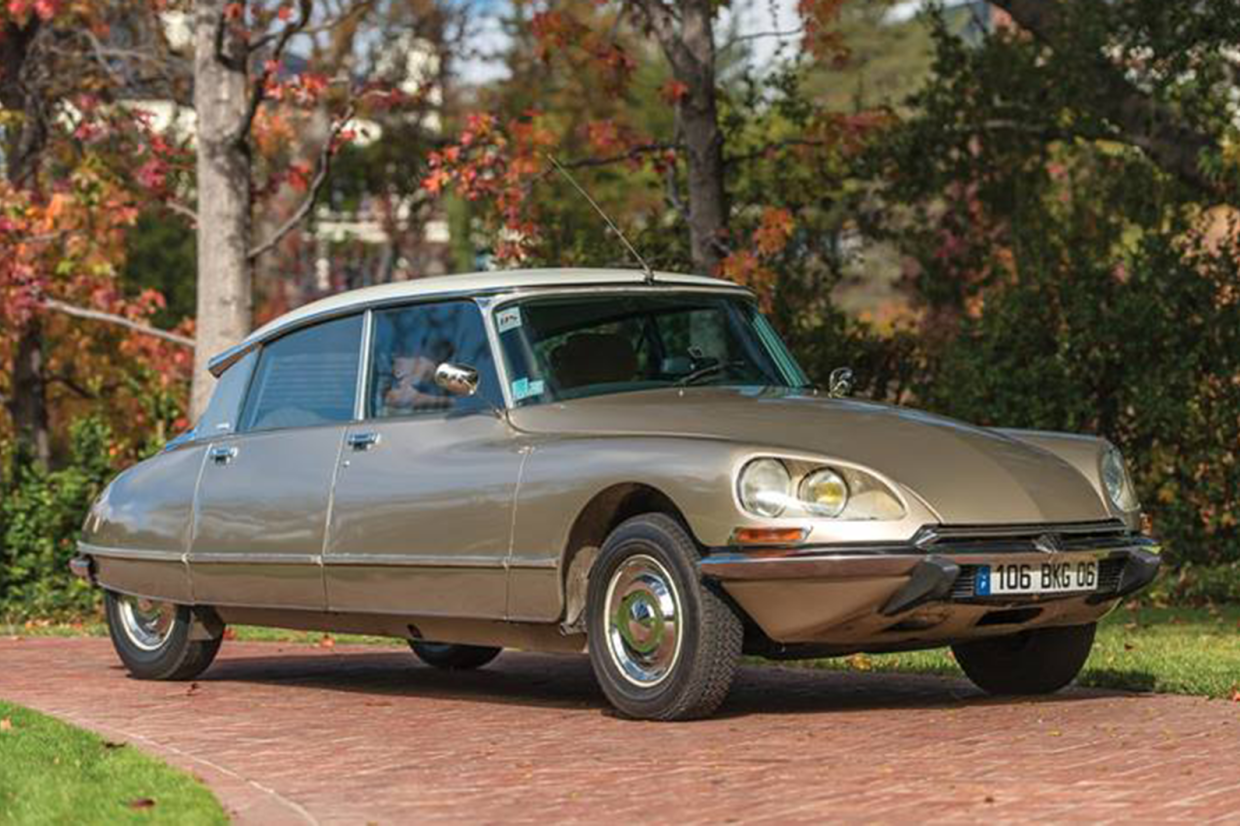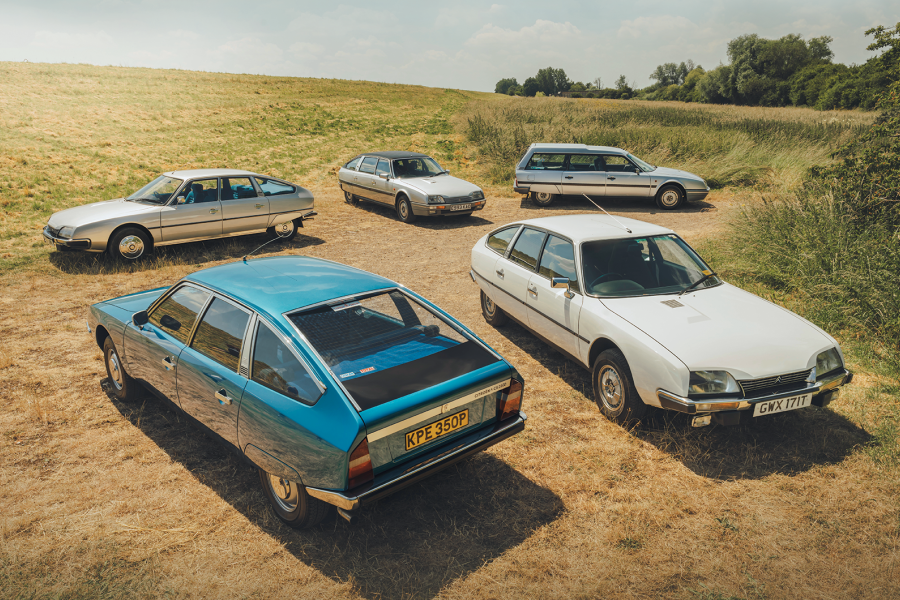
Some cars endure because their ubiquity meant they touched the hearts of millions and some because they brought new standards to the world of automotive design. Others remain in use for decades, and without their longevity the world of motoring would be a totally different place.
But some cars earn their place in history because they matter on a different level – by pushing the boundaries of technological innovation, they mark themselves out as being significantly ahead of their eras. No car represents this better than the Citroën DS.
Launched in 1955, it was officially a replacement for the aging Traction Avant, though higher pricing meant a more spartan ID was soon launched to bridge the pricing gap. The DS was a tour de force on a new level, taking Citroën’s oleopneumatic rear suspension and applying it to the whole car.
The ‘magic carpet ride’ was a revelation, in part courtesy to being an early adopter of standard radial tyres and the high-powered hydraulic circuitry meant that the standard front disc brakes – another first – were sharp and positive. That system also drove the steering – at a time when power assistance was rare in 1950s Europe, with even Rolls-Royce yet to adopt it across the range – and operated the clutch automatically.





